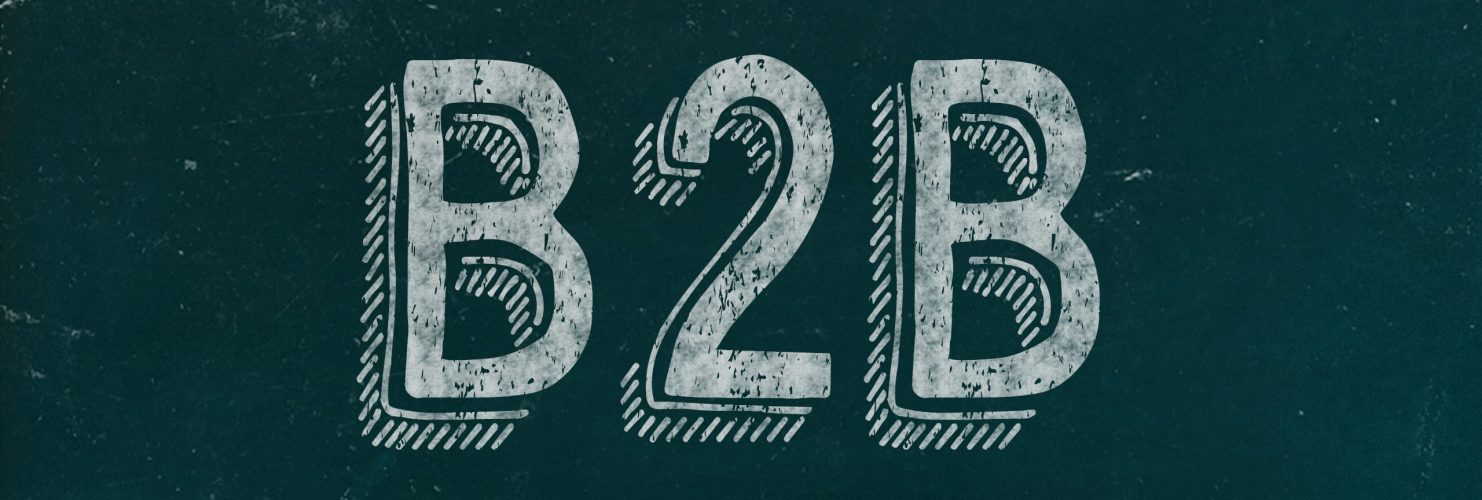CLV for B2B Part I
In our prior posts we explored what most certainly isn’t CLV and how CLV and CBCV (created by the minds at Theta Equity Partners) can be used for Omnichannel Retailers. These next two posts will explore a different direction. Each one will focus on ways in which CLV can used to gain an edge in B2B competition, but with different verticals in mind.
CLV Challenges in B2B
While there are tons of research papers and hands-on applications available for B2C centric CLV, the B2B space has not been as thoroughly explored. As discussed in my prior post about what isn’t CLV, the “secret sauce” for accurate CLV is business context, which means that a lot of extra tweaking is necessary for most B2B cases. Some B2B business models you cannot easily transform for CLV calculations. A good example for that are mixed contract/subscription models as they are frequently used by large SAS companies.
Use Cases – Customer
While it can be very difficult, creating accurate CLV models for B2B is possible for most business models with a little bit of TLC. Once that has been accomplished there are many useful applications that should convince anyone that it was worth the effort.
Customer Support
Customer Support resources are always limited and often very expensive. They are, however, a necessary part of every B2B organization, since the lack of customer support poses a high risk of attrition once customers experience issues. Frederick Reichheld of Bain & Company once conducted research that showed that increasing customer retention rates by 5% increased profits by 25% to 95%. Think about this for a second. That means that having a strong commitment to customer support could double your profits. That does sound enticing, but the resources are still limited and that means that B2B organizations need to be very conscious of how to direct those resources. This is where having the information for CLV, which combines the insights on future cash flow and risk of attrition on an account to account basis, can give a B2B organization a competitive edge when it comes to customer support.
Customer Success
I won’t spend much time on the difference between customer success and customer support other than to say that one is reactive and the other one is proactive. Whether or not the two are combined within an organization or if they are separated into different business practices, they still use different KPI’s (which aren’t always clear in a lot of industries). Casting those difficulties in interpretation aside there are a lot of different use cases for customer success that rely on CLV methods. To name a few you could consider things such as website speed, educational material, conferences, community building, added features etc. etc. You might be wondering how CLV comes into the picture for such a mixed bag of activities. The trick is to listen to exactly what your BEST customers are saying. Try to understand their journey and whether or not you can duplicate that success with not-so-good customers using customer success measures.
Market Expansion
CLV functions like a bullseye when it comes to a lot of its implementations, and it’s no different when it comes to market expansion. When considering to go after new verticals, geographies and business types CLV can be the watchtower guiding you to profitable shores. The trick is knowing how to properly calculate and interpret CLV results for newer cohorts. However, with a little bit of nuance and touch it will allow a B2B organization to determine which opportunities hold more promise than others and enact a truly customer centric strategy.
If you found this read useful please also check out PART II which will focus on product related use cases or go to our website and find out more about CLV related content. We at First Retail are working hard to make Customer Centric Strategy accessible for all business models and would love to help you as well.

